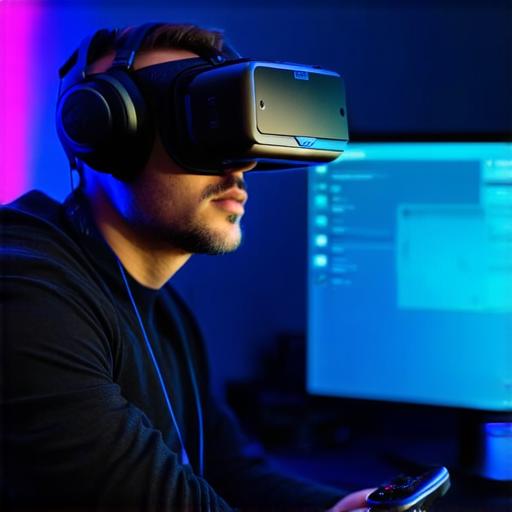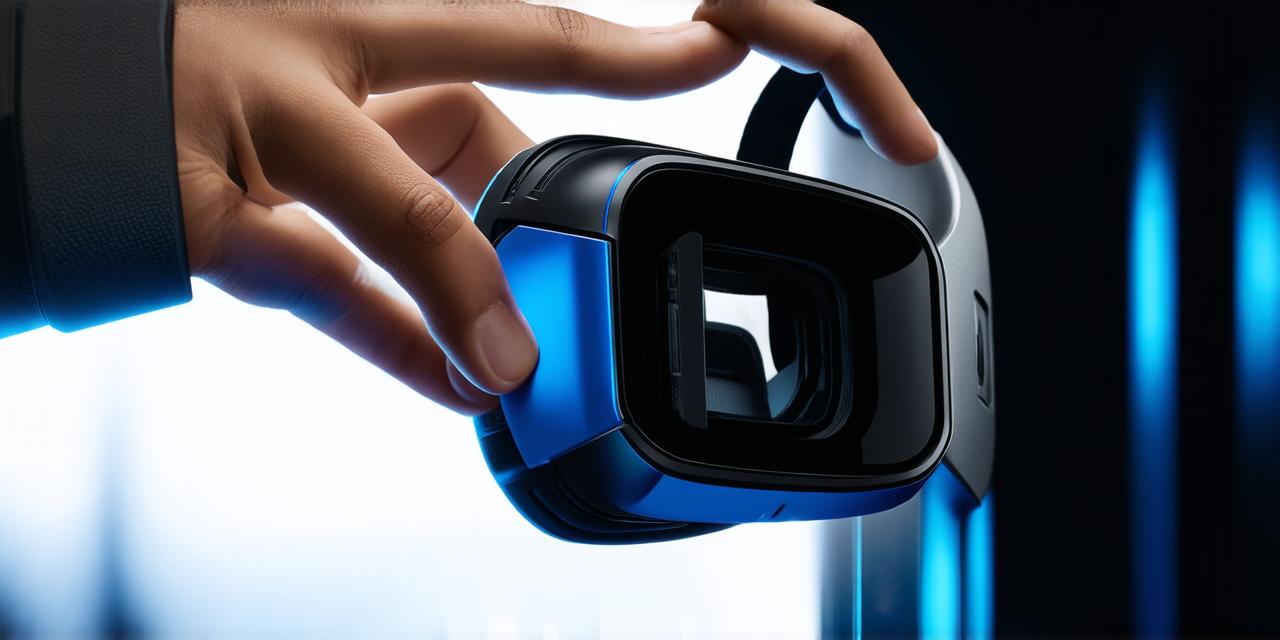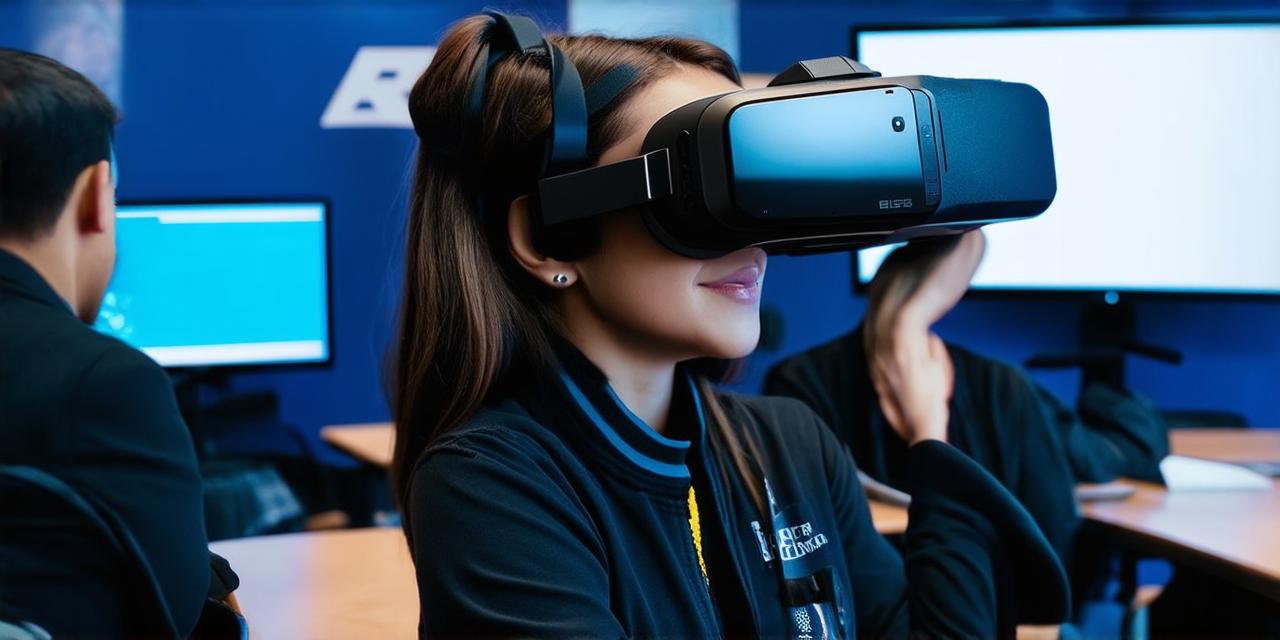1. High Costs
One of the biggest barriers to entry for VR is its high cost. VR headsets and other equipment are expensive, which makes it difficult for individuals to purchase and use them. While there have been some advancements in affordable VR technology, such as Google Cardboard and Samsung Gear VR, these devices still require a smartphone to function, which adds to the overall cost.
2. Motion Sickness
Motion sickness is a common issue with virtual reality. The disconnect between what the user sees in the virtual world and what their body feels in the real world can cause nausea, dizziness, and headaches. This can make VR experiences uncomfortable for some people and may even prevent them from using VR at all.
3. Comfortable Usage
Comfortable usage of virtual reality is also an issue. While some VR headsets have padding and other comfort features, they can still be uncomfortable to wear for extended periods of time. Additionally, the cables and wires required to connect the equipment can get tangled and become a hassle.
4. Limited Content
The lack of content is another issue with virtual reality. While there are some great VR games and experiences available, the selection is still limited. This can make it difficult for users to find content that interests them, and can also limit the potential for developers to showcase their creativity.
5. Social Isolation
Virtual reality can be isolating for users. While some VR experiences allow for multiplayer interaction, many are designed for a single user experience. This can make it difficult for people to connect with others and can even lead to feelings of loneliness.
6. Privacy Concerns
Privacy is also an issue with virtual reality. While VR technology does not collect as much data as other forms of technology, such as smartphones, there are still concerns about the collection and use of personal information. Additionally, some VR experiences may require users to share personal details, such as their name or email address, which can be a concern for some people.
7. Addiction
Virtual reality addiction is a real issue that has been raised by several experts. The immersive nature of VR technology can make it difficult for users to distinguish between the virtual world and the real world, which can lead to addictive behavior. Additionally, some VR experiences are designed to be addictive, with no clear end goal or purpose.
8. Technical Issues

Finally, there are several technical issues with virtual reality that need to be addressed before it can become mainstream. These include issues with tracking and calibration, as well as limitations in the resolution of displays. Additionally, some VR headsets require a high-powered computer to function properly, which can make them less accessible for users.
Advancements in Virtual Reality
Despite these challenges, there have been several advancements in virtual reality technology over the years. For example, new VR headset designs are becoming more comfortable and lightweight, making them easier to wear for extended periods of time. Additionally, advancements in motion tracking and calibration technology are helping to reduce motion sickness and improve overall user experience.
Moreover, as virtual reality technology continues to evolve, there is a growing trend towards more immersive and interactive experiences. This includes the use of haptic feedback technology, which allows users to feel physical sensations in the virtual world, as well as advancements in AI-powered VR experiences that can adapt to individual user preferences and behaviors.
Conclusion
In conclusion, while virtual reality technology has come a long way since its inception, there are still several issues that need to be addressed before VR can become mainstream. These include high costs, motion sickness, comfortable usage, limited content, social isolation, privacy concerns, addiction, and technical issues.




